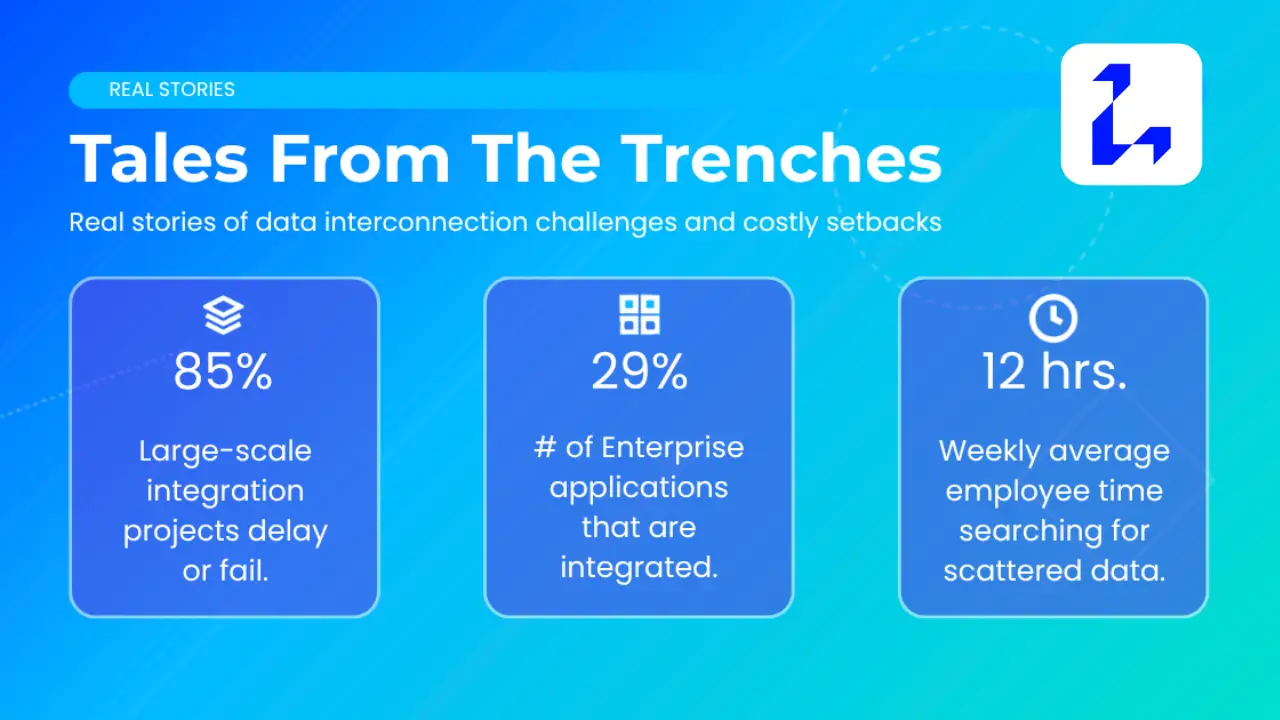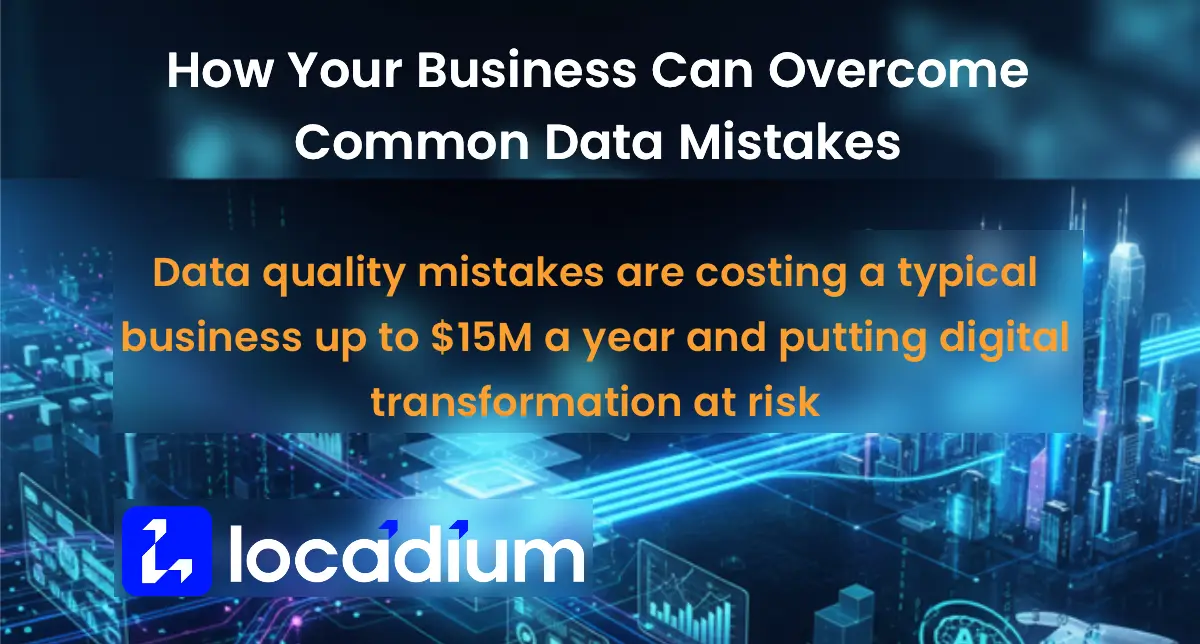Summary
Business leaders increasingly understand that competing means connecting data – but many still underestimate the real cost of getting it wrong. Real-world stories from the trenches show that interconnection challenges, if ignored, can halt transformation and spell costly setbacks.
Setup: The Boardroom Moment
A Fortune 500 company invested millions to unify data from CRM, finance, logistics, and supplier networks. The vision: real-time inventory, predictive analytics, and operational excellence. But, six months into the project, dashboards were blank, manual workarounds rose, and the company faced decisions with the very “gut feel” the integration aimed to eliminate.
Data complexity and system incompatibilities were everywhere. The new cloud CRM spoke a different “language” than the 15-year-old on-prem finance system, and no one remembered the quirks of old business logic. The company found itself stuck – fast.
The Twist: Siloed Systems and Unexpected Roadblocks
A 2025 Gartner analysis found 85% of large-scale integration projects run into delays or outright fail – usually because planners overlook the messiness beneath the surface. Legacy systems, proprietary data formats, and gaps in institutional knowledge can bring costly surprises. In this case, missing or undocumented links between the old and new systems forced expensive custom development and months of detective work.
Research from Mulesoft’s 2025 Connectivity Benchmark found most enterprises use nearly 900 distinct applications, of which only 29% are integrated, forming sprawling “islands of information”. That leaves the average employee spending 12 hours a week searching for scattered data.
Another CEO shared the frustration of trying to merge external market data with internal records—only to discover basic differences in terminology and structure. Months were spent “trimming puzzle pieces to fit” rather than delivering insight to the front line.
Takeaway: The Strategic Cost and Path Forward
- Poor interconnection isn’t just a technical hassle; it drives $7.8 million or more in direct annual losses per organization due to wasted time and missed opportunities.
- Integration failure rates exceed 80%, and employee experience, efficiency, and customer service all suffer.
- Leaders should expect legacy integration will be twice as hard as scoping suggests—and allocate budget and change management accordingly.
Practical lessons:
- Plan for deep-dive legacy analysis before launching big integration efforts.
- Invest in cross-functional teams that bridge business and IT, and include domain veterans who know the undocumented details.
- Use modern platforms that encourage centralized data governance and standardization, not just technical connections.
“The biggest mistake is assuming systems will play nice. The moment of truth comes when projects move past PowerPoint and teams hit the API wall.” – Data integration project lead, 2025
Unified strategy, patient planning, and a willingness to solve ‘people problems’ as well as ‘system problems’ separate winning companies from the rest. Those that succeed move from scattered data confusion to analytic clarity – unlocking the speed, precision, and confidence that today’s market demands.





